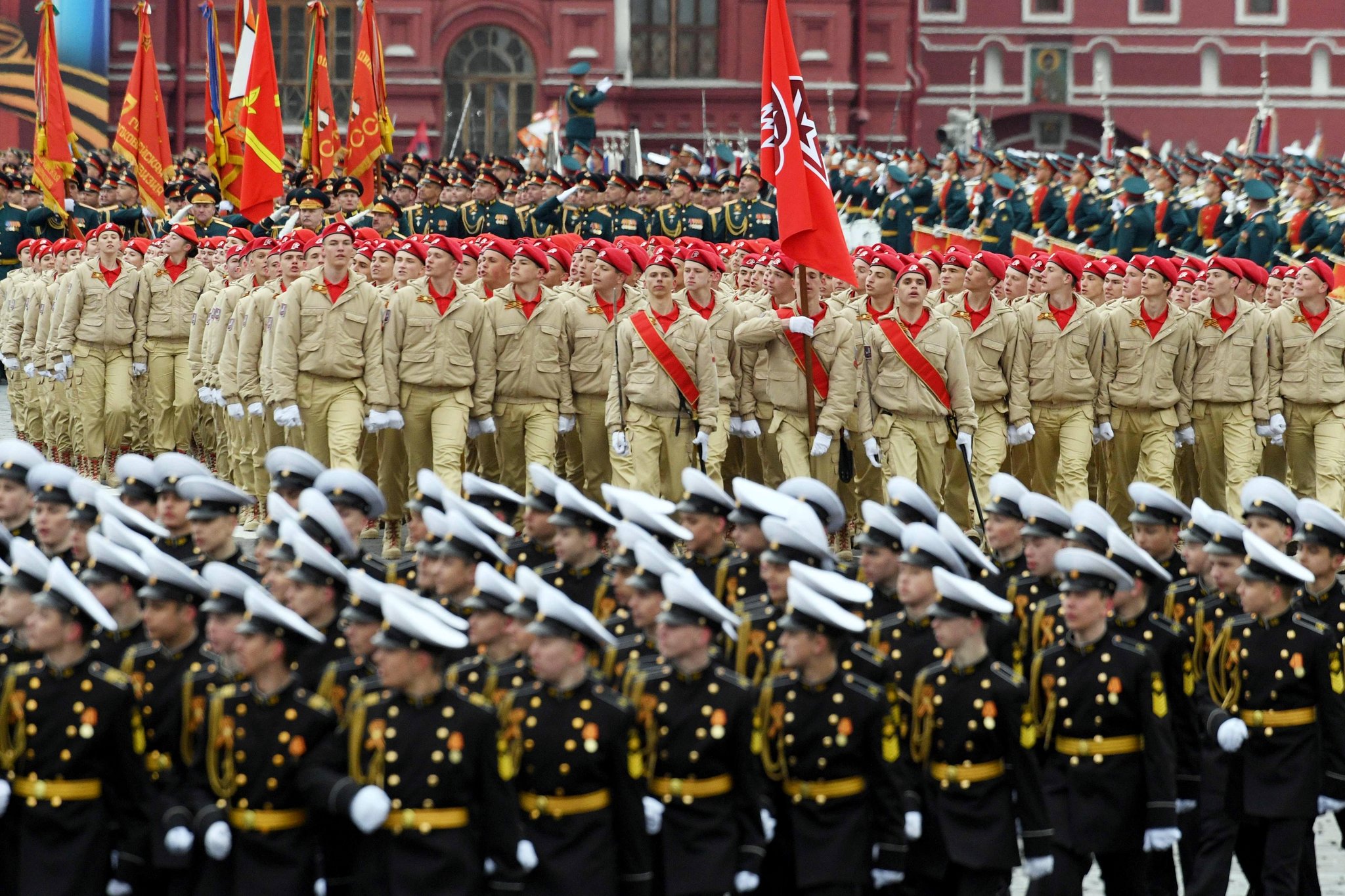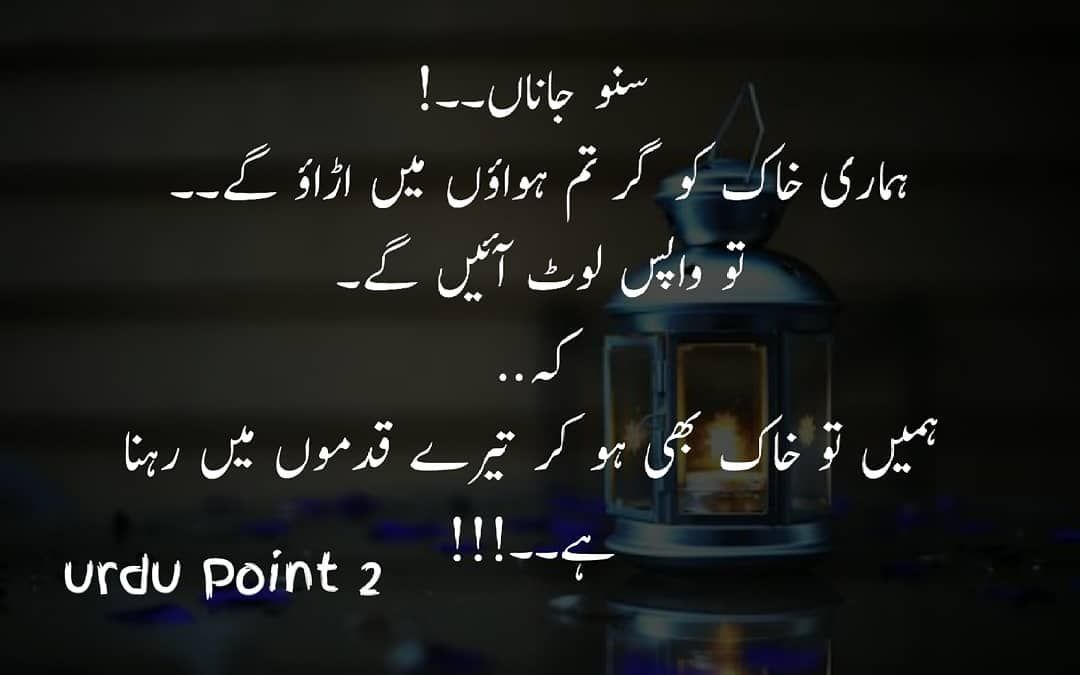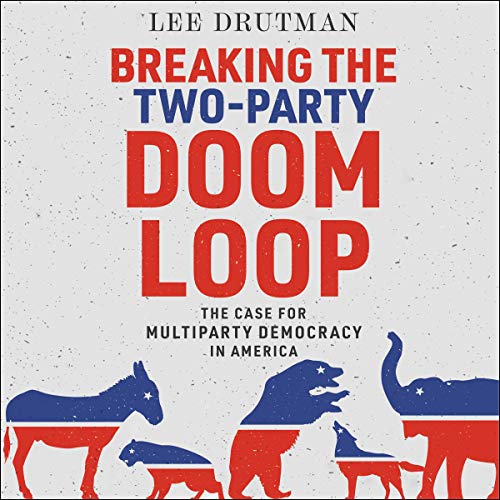Russia's Military Might On Display: Putin's Victory Day Parade

Table of Contents
A Showcase of Advanced Weaponry and Technology
The Victory Day Parade serves as a carefully curated exhibition of Russia's military technology and capabilities. This year's display highlighted significant advancements in various sectors of its armed forces.
Tanks and Armored Vehicles
The parade featured a range of tanks and armored vehicles, prominently showcasing the T-14 Armata and the T-90M Proryv. These represent the cutting edge of Russian tank technology.
- Advanced armor protection systems: The Armata boasts advanced composite armor and active protection systems designed to withstand modern anti-tank weaponry.
- Improved fire control systems: Both the Armata and Proryv feature enhanced fire control systems, allowing for greater accuracy and faster target acquisition.
- Integration of new weaponry: The integration of new, more powerful weaponry, including advanced autoloaders and guided munitions, significantly improves their battlefield effectiveness. These improvements represent a step forward in Russia's armored warfare capabilities.
Missiles and Rocket Systems
The missile arsenal displayed underscored Russia's focus on long-range precision strike capabilities and robust air defense. This included various missile systems like the Iskander, S-400, and a subtle yet significant display of hypersonic missile technology.
- Hypersonic missile capabilities and implications: The presence of hypersonic missiles signals Russia's commitment to developing weapons capable of penetrating existing air defense systems, posing a significant challenge to potential adversaries.
- Air defense systems demonstrated: The S-400 and other air defense systems showcased Russia's commitment to layered air defense, designed to protect against a wide range of aerial threats.
- Strategic missile capabilities showcased: The parade subtly hinted at the range and power of Russia's strategic missile arsenal, a key component of its nuclear deterrence strategy. This serves as a reminder of Russia’s nuclear capabilities.
Air Power on Display
The aerial component of the parade demonstrated Russia's continued investment in modernizing its air force. Various fighter jets, bombers, and helicopters participated, underscoring its air power capabilities.
- Stealth fighter capabilities: The Su-57 stealth fighter, although still in limited production, represents Russia's efforts to develop advanced stealth technology to counter modern air defenses.
- Advanced avionics and sensors: The aircraft displayed incorporated advanced avionics and sensor systems, demonstrating improvements in situational awareness and targeting capabilities.
- Role of air power in Russia's military doctrine: The diverse range of aircraft showcased reflects the integrated role of air power in Russia's military doctrine, emphasizing both strategic bombing and close air support capabilities.
Putin's Strategic Messaging and Geopolitical Implications
The Victory Day Parade is not merely a military display; it serves as a powerful tool for strategic communication both domestically and internationally.
Domestic Political Message
The parade serves to consolidate domestic support for Putin and the ruling regime. The display of military strength reinforces a narrative of national pride, resilience, and unwavering leadership in the face of external challenges.
- Nationalistic themes and symbolism: The parade incorporates strong nationalistic themes and symbolism, designed to appeal to patriotic sentiments within the Russian population.
- Demonstration of national power and resilience: The sheer scale and advanced technology showcased are intended to demonstrate Russia's national power and resilience in the face of sanctions and geopolitical pressures.
- Impact on public opinion: The parade is designed to shape public opinion, bolstering support for the government's actions and policies, both domestically and internationally.
International Signaling
The parade sends a clear message to Russia's allies and adversaries about its military capabilities and intentions, impacting global power dynamics.
- Message to NATO and the West: The parade serves as a potent demonstration of Russia's military capabilities, intended to deter potential aggression from NATO and the West.
- Influence on regional conflicts: The parade's display of military might could influence Russia's regional leverage and its actions in ongoing conflicts.
- Deterrence and power projection: The parade is a crucial element in Russia's strategy of deterrence and power projection, aiming to shape the geopolitical landscape.
Analysis of the Parade's Significance
The Victory Day Parade provides valuable insights into Russia's military posture and its evolving geopolitical strategy.
Military Readiness and Modernization
The parade offers a glimpse into the progress and challenges facing Russia's military modernization efforts. While showcasing advanced weaponry, it also hints at potential gaps.
- Level of technological advancement compared to Western counterparts: A comparison with Western military technology reveals both advancements and areas where Russia lags behind.
- Assessment of operational readiness and training: While the parade showcases equipment, it offers limited insights into the actual operational readiness and training levels of Russia’s armed forces.
- Assessment of logistical capabilities: The parade doesn't fully illuminate the logistical challenges and vulnerabilities inherent in maintaining such a large military force.
Economic and Societal Costs
Maintaining a powerful military, as showcased in the parade, comes at a significant economic and societal cost, particularly given ongoing sanctions and economic pressures.
- Impact on the Russian economy: The substantial resources allocated to military modernization divert funds from other crucial sectors of the Russian economy.
- Social implications of military spending: The prioritization of military spending over social programs can have significant social implications, impacting healthcare, education, and other essential services.
- Trade-offs between military spending and social programs: The balance between military spending and investments in social programs is a critical consideration for the long-term stability of Russia.
Conclusion
The Victory Day Parade is a powerful display of Russia's military might, showcasing advanced weaponry and the strategic messaging of President Putin. It offers insights into the state of Russia's military modernization efforts, its geopolitical ambitions, and the economic and social costs of maintaining a powerful military. However, a complete assessment needs consideration of limitations and potential vulnerabilities. To gain a deeper understanding of the geopolitical implications of Russia's military capabilities, continue exploring analyses of Russia's military strength and the Victory Day Parade. Learn more about the intricacies of Putin's strategic goals and their impact on global dynamics.

Featured Posts
-
 Controversy Erupts Fabers Refusal Of Honours For Coa Volunteers
May 11, 2025
Controversy Erupts Fabers Refusal Of Honours For Coa Volunteers
May 11, 2025 -
 Tam Krwz Awr 36 Salh Adakarh Emr Ka Frq Mhbt Ky Rah Myn Rkawt Nhyn
May 11, 2025
Tam Krwz Awr 36 Salh Adakarh Emr Ka Frq Mhbt Ky Rah Myn Rkawt Nhyn
May 11, 2025 -
 Jeremy Stephens Ufc Return Fans React To Shocking Comeback
May 11, 2025
Jeremy Stephens Ufc Return Fans React To Shocking Comeback
May 11, 2025 -
 Sports Stadiums A Key To Breaking The Downtown Doom Loop
May 11, 2025
Sports Stadiums A Key To Breaking The Downtown Doom Loop
May 11, 2025 -
 Ufc 315 Shevchenko Vs Fiorot Predictions Picks And Odds
May 11, 2025
Ufc 315 Shevchenko Vs Fiorot Predictions Picks And Odds
May 11, 2025
